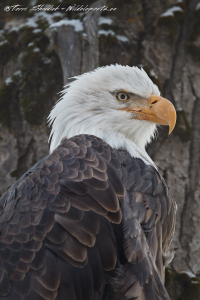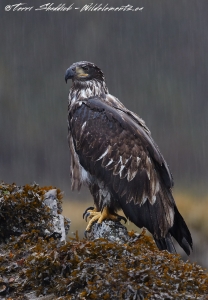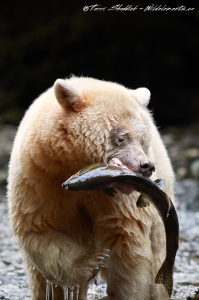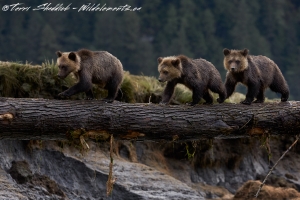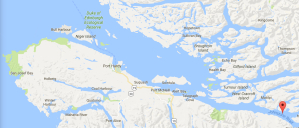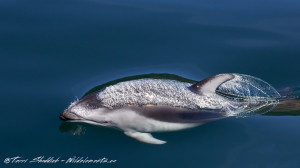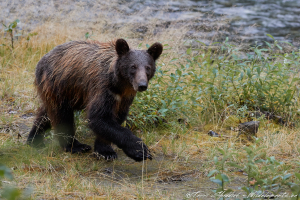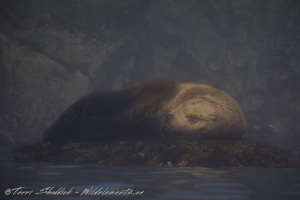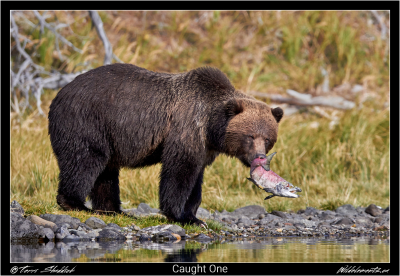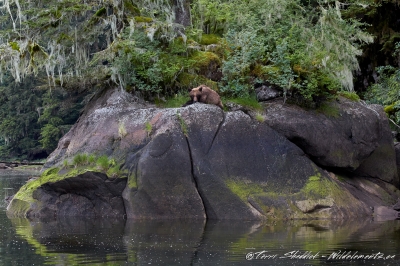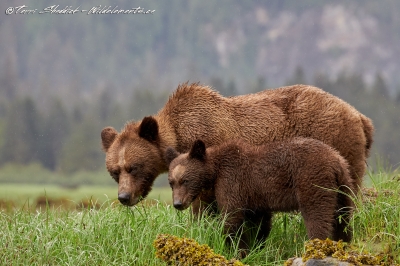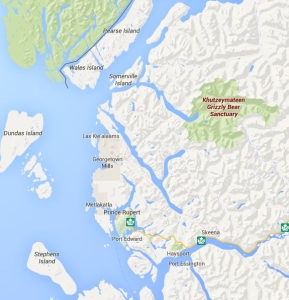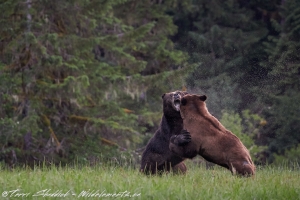04 Dec Back from Bald Eagle Adventure
Notice: Trying to access array offset on value of type bool in /var/www/wp-content/plugins/bridge-core/modules/shortcodes/shortcode-elements/_social-share/templates/social-share.php on line 124
I arrived back from a new adventure where I went to Alaska to photograph Bald Eagles. Bald Eagles congregate, in very large numbers along the river to feed on the salmon that are still present in the rivers even though it’s November. The trip was a unique experience and one I hope to do again next year.
There was certainly no shortage of Bald Eagles along this stretch of river, they seemed to be pretty much everywhere you looked, if you stopped and looked from any vantage point you could easily seem a minimum of 40 eagles perched in the trees are standing along the edge of the rivers. Because the Eagles are there to feed on fish, there was a lot of interaction among the eagles, with one pulling a fish out of the river, and others flying in to try to steal the fish or at least get a piece of the action.
In addition to Bald Eagles, we also saw Tundra Swans, Ravens, different types of Gulls, American Dippers, Moose, Fox and Coyotes, but the real focus and highlight were the Bald Eagles. Animals aside, the landscapes and backdrops were very impressive, especially the drive from Whitehorse to Alaska. I had hoped that I would get my first chance to photograph Northern Lights, unfortunately the conditions were not right for them, so maybe I will get those shots next year.
During this trip I had the opportunity to spend a lot of time trying different autofocus settings with birds in flight, as well as having the opportunity to really shoot with the 5D Mark IV, and used it the majority of the trip. In the next couple weeks I will be posting about my thoughts on using the 5D Mark IV with the birds in flight, and the overall quality of images that I got using this camera.
One thing I will say about this trip, some might consider this a negative, is that it was truly a long lens trip. I found myself taking most of my shots with the Canon 500mm f/4 (either with or without a teleconverter/extender). However, there were opportunities to use a wider camera for scenery, and also when we had the opportunity to photograph some close-up action.
If you are interested in joining me next year, stayed tuned for details to follow, or email me [email protected] for more information.
I arrived back from a new adventure where I went to Alaska to photograph Bald Eagles. Bald Eagles congregate, in very large numbers along the river to feed on the salmon that are still present in the rivers even though it’s November. The trip was a unique experience and one I hope to do again next year.
There was certainly no shortage of Bald Eagles along this stretch of river, they seemed to be pretty much everywhere you looked, if you stopped and looked from any vantage point you could easily seem a minimum of 40 eagles perched in the trees are standing along the edge of the rivers. Because the Eagles are there to feed on fish, there was a lot of interaction among the eagles, with one pulling a fish out of the river, and others flying in to try to steal the fish or at least get a piece of the action.
In addition to Bald Eagles, we also saw Tundra Swans, Ravens, different types of Gulls, American Dippers, Moose, Fox and Coyotes, but the real focus and highlight were the Bald Eagles. Animals aside, the landscapes and backdrops were very impressive, especially the drive from Whitehorse to Alaska. I had hoped that I would get my first chance to photograph Northern Lights, unfortunately the conditions were not right for them, so maybe I will get those shots next year.
During this trip I had the opportunity to spend a lot of time trying different autofocus settings with birds in flight, as well as having the opportunity to really shoot with the 5D Mark IV, and used it the majority of the trip. In the next couple weeks I will be posting about my thoughts on using the 5D Mark IV with the birds in flight, and the overall quality of images that I got using this camera.
One thing I will say about this trip, some might consider this a negative, is that it was truly a long lens trip. I found myself taking most of my shots with the Canon 500mm f/4 (either with or without a teleconverter/extender). However, there were opportunities to use a wider camera for scenery, and also when we had the opportunity to photograph some close-up action.
If you are interested in joining me next year, stayed tuned for details to follow, or email me [email protected] for more information.
Notice: Trying to access array offset on value of type bool in /var/www/wp-content/plugins/bridge-core/modules/shortcodes/shortcode-elements/_social-share-list/templates/social-share-list.php on line 104





